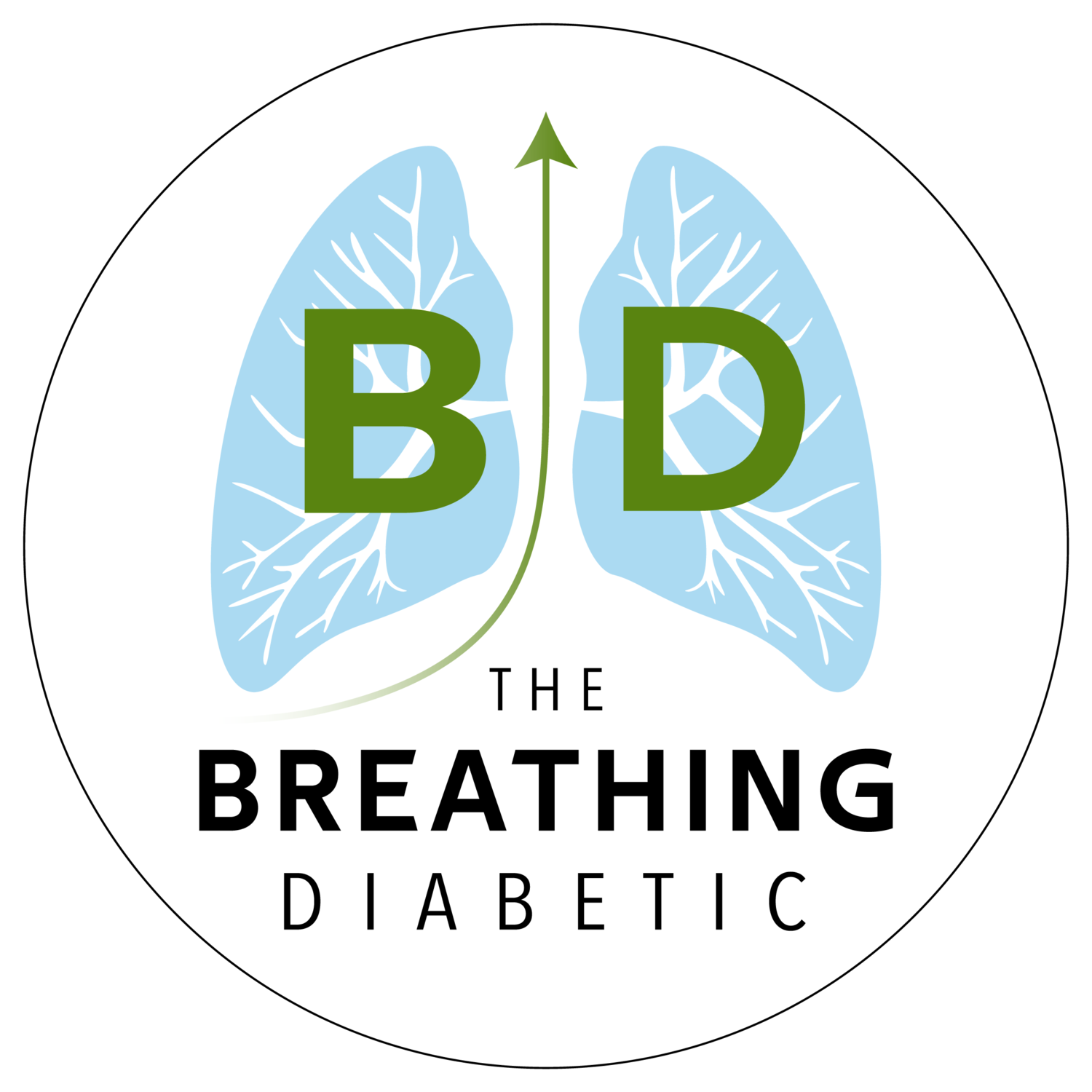Listen Instead of Reading
If you enjoy listening, you can subscribe to the audio version on Spotify, Apple Podcasts, and Audible so you don’t even have to look at the email 😊
4 Thoughts
1. Applying the Lung's Elegant Structure to All Aspects of Our Lives
“While the heart has dense striated muscle, and the brain its conglomerated networks of communicating neurons, the lung is a thin, graceful structure of interconnecting fibrous tissue that is beautifully held together with a foamy substance that lubricates its functions in a quiet and effortless manner. It is an organ of elegance, not brute strength.”
- Michael J Stephen, Breath Taking
Our most important organ is designed to be graceful and flexible, not rigid and strong. To be of elegance, not strength.
Something for us to consider in all aspects of our lives…
2. Practical over Perfect: A Simple Way to Start a Breathing or Meditation Session
“Breath priming means that you take a few conscious breaths to set up the flow of breathing. … We prime our breath so it can function at a higher level.”
- Gurucharan Singh Khalsa, Ph.D., and Yogi Bhajan, Ph.D.
I love this idea of “breath priming,” and I use it every day.
It’s pretty straightforward to do:
Pick a breath that will set you up for whatever you’re about to do (for example, I use alternate nostril breathing before meditating).
Other good options: breath of fire, humming, or a few physiological sighs.
Do this breath for 1-3 minutes.
Then start your session.
And, in my opinion, we don’t need to add more time. For a 10 min meditation, I use 2 min for priming and 8 min for meditation. Practical over perfect.
3. Breathing is Philosophy: Transforming Emotions and Living Better Lives
“That’s what the teachers depicted in The School of Athens once provided: they taught their students how to transform their emotions, how to cope with adversity, how to live the best possible lives.”
- Jules Evans, Philosophy for Life and Other Dangerous Situations
That sentence is exactly why I think breathing is the most direct path to practicing philosophy in our lives. With two added bonuses:
Breathing is also physiology. It changes our body, allowing us to truly transform our emotions instead of just “thinking our way out of it.”
There is no abstraction. You just breathe in preset patterns (like 4:6 or 4:4:4:4), see what works for you, and ignore the rest.
So here’s to being breathing philosophers, applying this stuff every day, and using our breath to help us become the best version of ourselves.
4. Internal vs External Stimuli, and a Gift of Breathing Exercises
External stimuli cause opposite or similar internal reactions, for example:
Our body responds to a hot environment with internal cooling.
But it responds to a stressful environment with internal stress.
Conversely, internal stimuli generally trigger similar external reactions:
Our body responds to slow breathing by interpreting the external environment as safe.
Our body responds to fast breathing by interpreting the external environment as dangerous.
This reveals a gift of breathing exercises. They don’t change our situation, but they do change how we interpret it, which may be just as powerful.
1 QUOTE
“The breath can command the brain, and the brain can regulate our moods. This gives us a way to practically direct moods.”
1 ANSWER
Category: Drive to Breathe
Answer: Your drive to breathe comes from this portion of the brain, which monitors blood pH and sends a signal to breathe when CO2 rises too high.
…
(Cue the Jeopardy! music.)
…
Question: What is the medulla oblongata?
In good breath,
Nick Heath, T1D, PhD
“Breathing is the compound interest of health & wellness.”
If you like geeking out on breathing, or just want to live an overall healthier life, you might really enjoy the workshop, diabetes or not.
It’s packed with easy-to-understand science and super practical breathing advice that you can immediately implement. I hope you’ll check it out.
* An asterisk by a quote indicates that I listened to this book on Audible. Therefore, the quotation might not be correct, but is my best attempt at reproducing the punctuation based on the narrator’s pace, tone, and pauses.
Sign Up For The Breathing 411
Each Monday, I curate and synthesize information from scientific journals, books, articles, and podcasts to share 4 thoughts, 1 quote, and 1 answer (like "Jeopardy!") related to breathing. It’s a fun way to learn something new each week.


